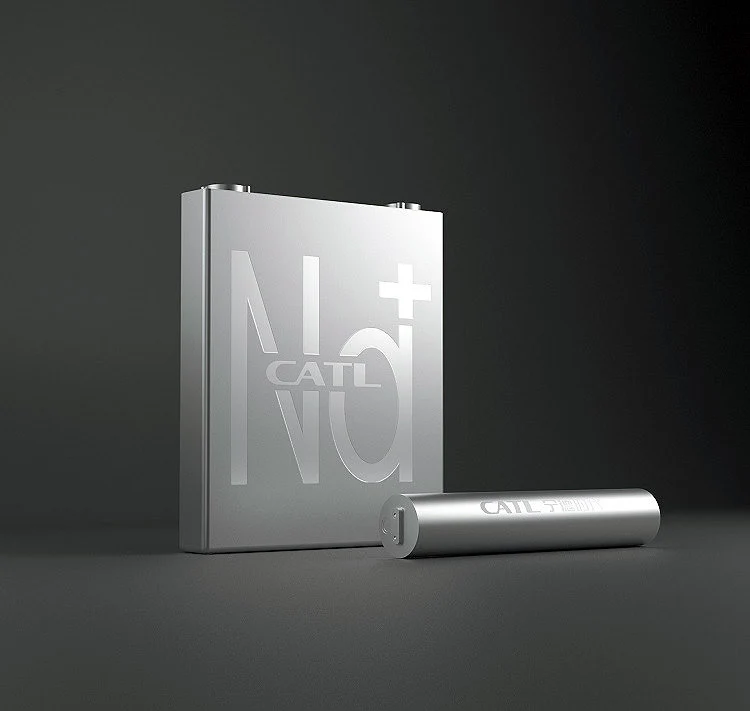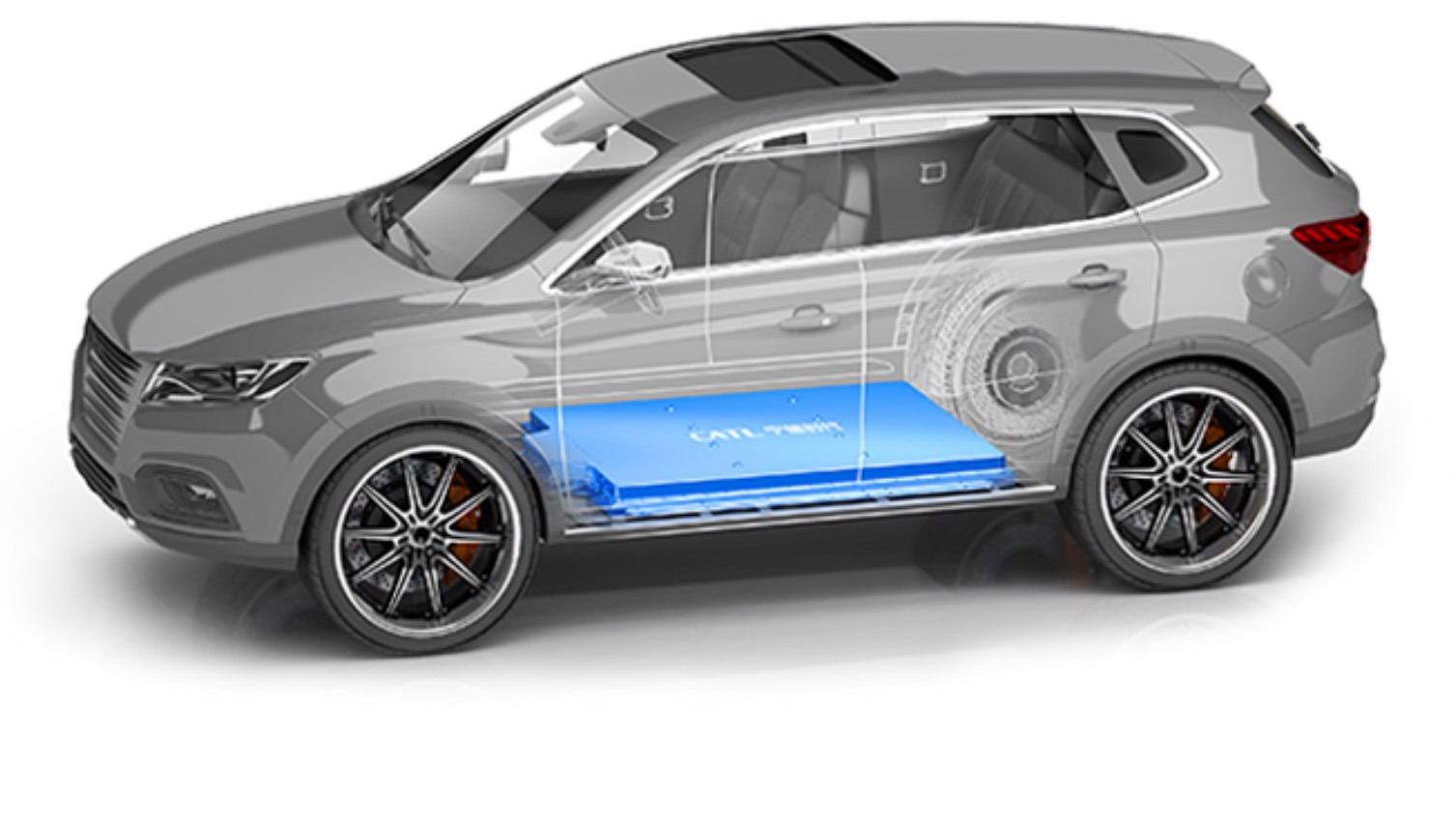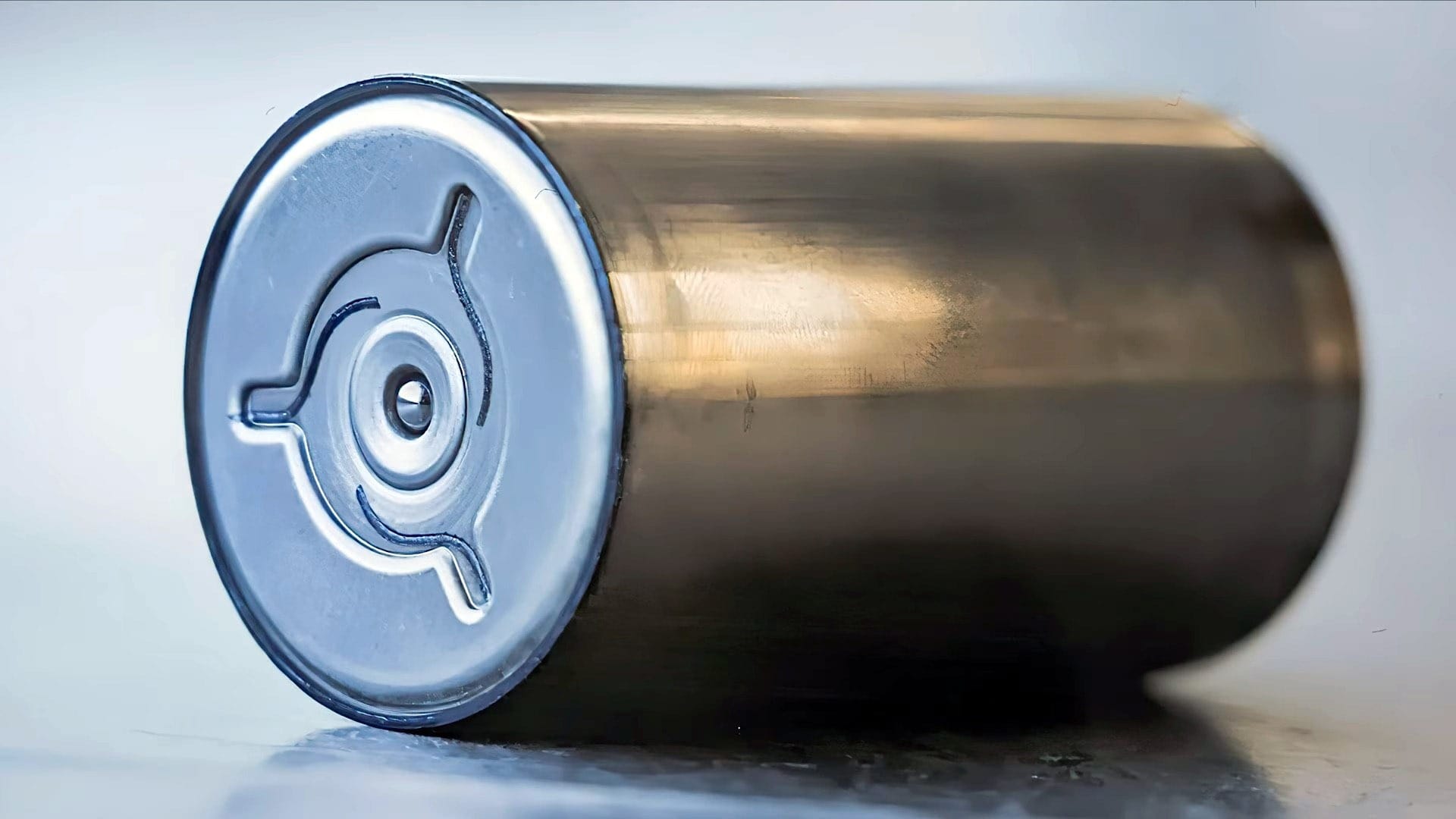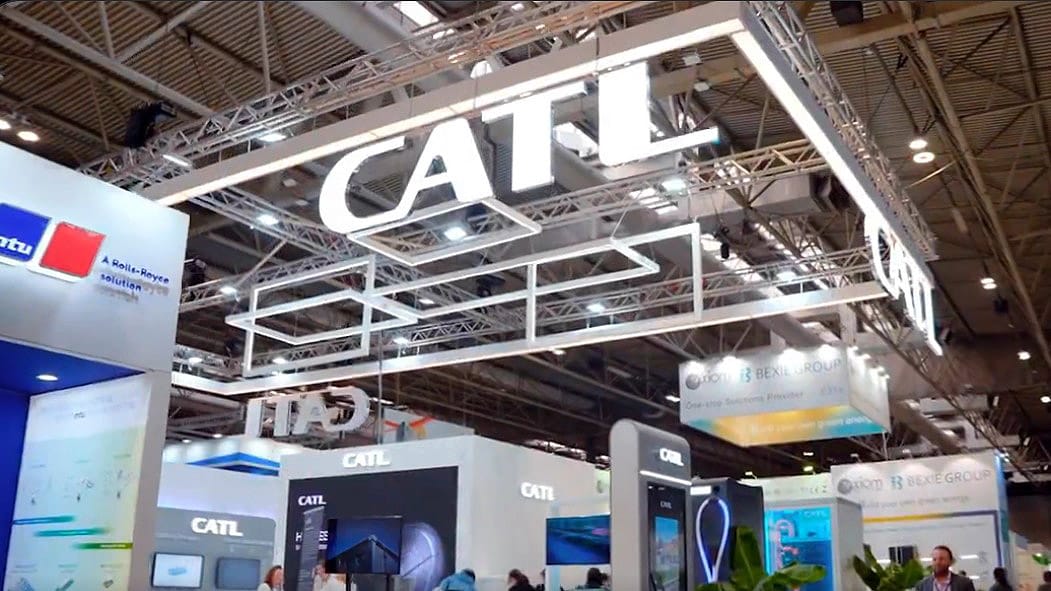Key Takeaways
1. CATL announced a plan for a standardized system of swappable EV batteries in China, featuring quick battery exchanges at swap stations.
2. The Choco-SEB batteries are set to launch in early 2025, with the Changan Oshan 520 being the first vehicle to use this technology.
3. The battery swapping system aims to address the slow charging times of electric vehicles, allowing users to swap batteries in about 100 seconds.
4. CATL plans to establish around 1,000 battery swapping stations by 2025, with a long-term goal of 30,000 stations.
5. Other companies, like Nio, are also working on battery swapping solutions, with Nio operating over 3,000 swap stations in China.
In December 2024, the EV battery leader CATL revealed a bold initiative to create a standardized system for swappable EV batteries in China. Central to CATL’s strategy is an extensive network of swap stations that will enable users to exchange a Choco-SEB (Swapping Electric Blocks) in just 100 seconds. This plan enjoys broad backing from manufacturers like Changan, along with two battery options: 20
and 25#.
Launch Timeline for Choco-SEB Batteries
CATL stated that EVs equipped with Choco-SEB batteries are set to launch in the first quarter of 2025. According to CarsNewsChina (CNC), Changan, an automaker from Chongqing, has supplied 1,000 Oshan 520 EVs to a nearby taxi service. This achievement makes the Changan Oshan 520 the first production electric vehicle to utilize CATL’s Choco-SEB battery technology. The Oshan 520 boasts a claimed CLTC range of 515 km, which equals about 320 miles.
Addressing Charging Challenges
The long duration of charging remains a significant hurdle for electric vehicles. While options like Tesla Superchargers can provide up to 200 miles of charge in 15 minutes, they are still relatively slow compared to how quickly gasoline cars can refuel. This is where a standardized battery swapping system could really shine. If CATL’s Choco-SEB stations become widely available and function effectively, swapping in a new, fully charged battery would take just about the same time as filling up a gasoline vehicle.
Future Expansion Plans
Changan’s delivery of the initial Oshan 520 EVs marks the beginning of a lengthy journey for CATL. The company aims to set up around 1,000 battery swapping stations by 2025, with a goal of reaching a total of 30,000 in the future. Furthermore, CATL has entered agreements with several Chinese EV manufacturers to develop cars based on the Choco-SEB batteries. These manufacturers include SAIC, BAIC, GAC, Wuling, and FAW.
Nevertheless, CATL isn’t the only player aiming to normalize EV battery swapping in China. Nio, another EV manufacturer, currently operates over 3,000 battery swap stations that cater to vehicles utilizing their Power Swap technology.
Source:
Link










